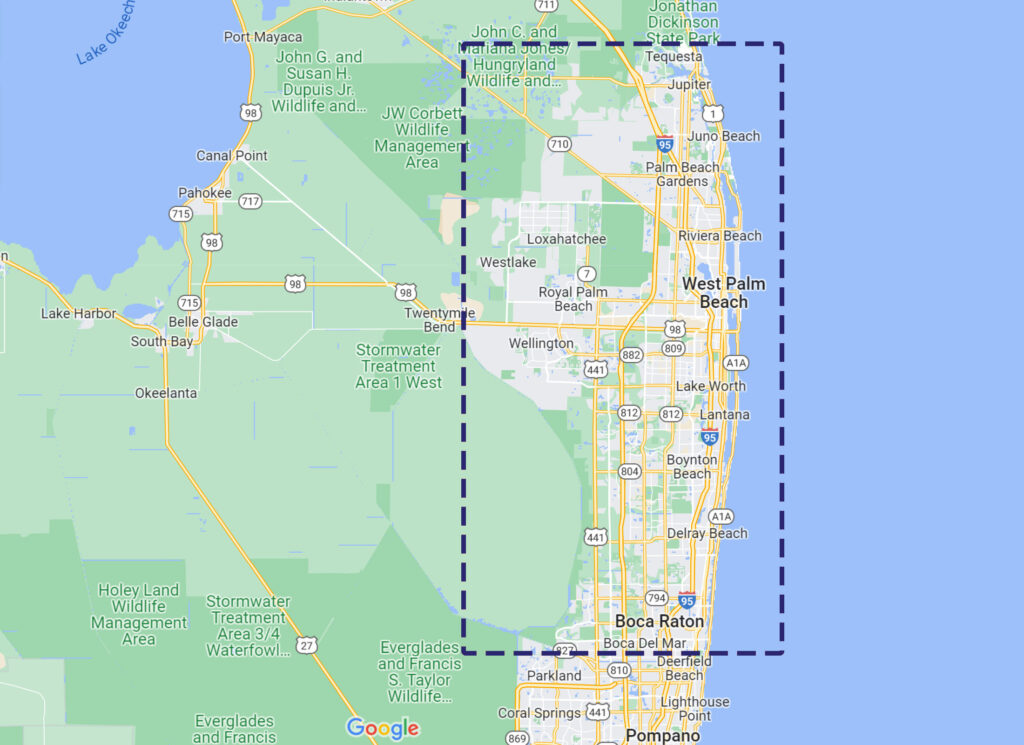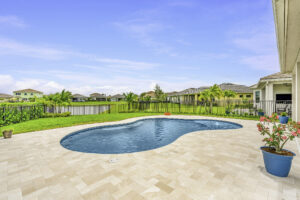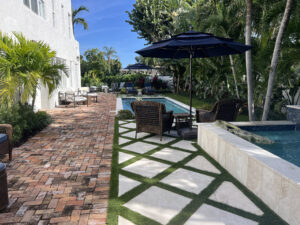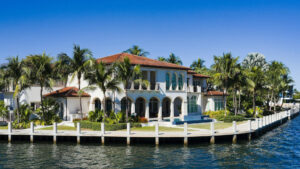The quality of the pool plaster procedure significantly influences the outcome of a swimming pool’s construction or design. If we want a long lasting result, it’s crucial to understand the intricacies of the curing process. Several elements, such as the plaster type, local climate, and chosen curing technique, play a role in determining the curing time.
The majority of a plaster finish’s curing process, roughly 60%, takes place within the first 28 days. However, the remaining 40% unfolds gradually over the next 8 to 10 months.
Table of Contents
The Curing Process: A Delicate Dance Of Chemistry And Time
What Is Pool Plaster Curing?
In the pool plaster curing process, we are basically talking about the physical and chemical reactions that happen when the plaster hardens and becomes stronger over time. The plaster is put on the pool’s surface, the curing process starts and lasts for a while.
The Role Of Water In Curing
Water is a necessary part of the curing process since it facilitates and acts as a catalyst for the chemical processes that reinforce the plaster. Water is essential in the early days following application to avoid quick drying, which can cause surface fractures. In order to achieve the necessary strength and integrity, the plaster must be well hydrated.
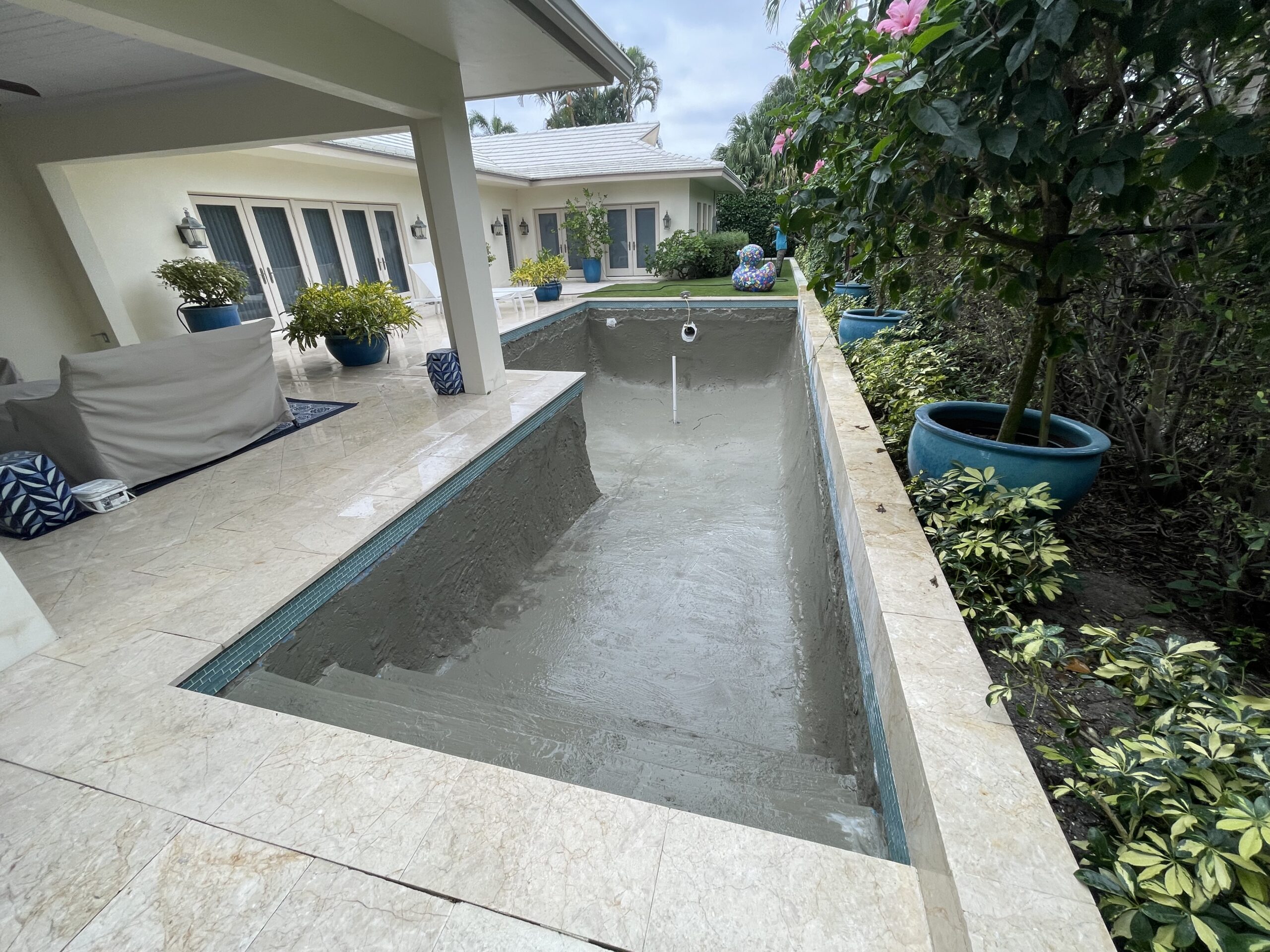
Understanding The Curing Mechanism
Hydration Of Cement Compounds And Calcium Hydroxide
In the curing process, pool plaster requires the hydration of cement compounds which merge with water to produce calcium hydroxide and calcium silicate hydrate gel. This creates a solid pattern, with moderate sodium essential for stability and resistance to chemical variation.
Controlled Curing: Minimizing Cracking And Shrinkage
Drying too quickly can lead to issues with cracking and shrinkage. To mitigate these problems, it’s important to maintain the plaster’s moisture levels over an extended period. During this time, chemical processes progress gradually, helping to minimize these issues.
BOOK YOUR APPOINTMENT NOW!
- Contact us today to schedule a FREE estimate for pool maintenance service. We look forward to helping you enjoy your pool to the fullest!
- Phone: 561-702-6351
- Email: [email protected]
- Address: 5001 S Dixie Hwy Ste B #101 West Palm Beach, FL 33405
Factors Influencing Curing Time
Weather Conditions
The weather condition is a very important part of this procedure. If the outside air temperature is warm, the drying procedure is faster as compared to a lower temperature.
Type Of Pool Plaster
The type of pool plaster is very important for the cure time. The amount of pool plaster ingredients, particles, and composition as a whole may all affect how fast or slowly the plaster cures.
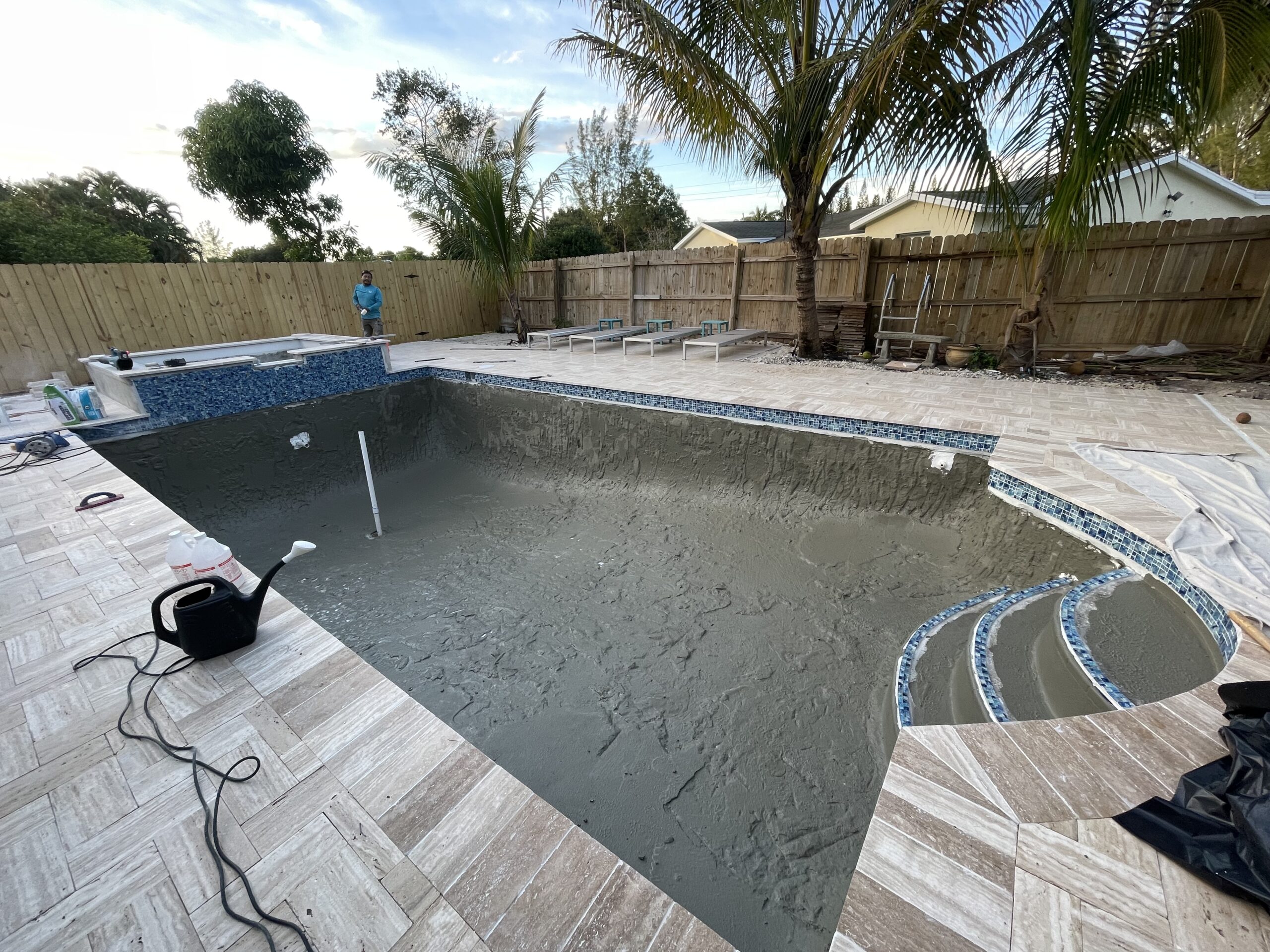
Best Practices For Optimal Curing :How Long Does Plaster Take To Cure ?
1: Watering The Plaster
It is imperative that you start watering as soon as the plaster is put down. This often entails soaking the plaster surface with water, particularly in the initial 24 to 48 hours. Watering gradually and regularly keeps the area wet, which promotes healthy curing.
2: Patience And Avoiding Early Use
If you want the plaster to attain its maximum strength, don’t use the pool during the suggested curing period, which in Florida is usually between 21 and 30 days.
Conclusion
Mastering the art of curing pool plaster involves understanding the dynamics of chemistry, time, water management, and environmental factors. In this process, practicing patience during curing ensures both durability and aesthetic appeal, setting the foundation for a long-lasting pool.
Pool Service Areas We Cover
- Boca Raton
- Delray Beach
- Boynton Beach
- Lake Worth Beach
- Palm Beach
- Wellington
- North Palm Beach
- Palm Beach Gardens
- Jupiter
